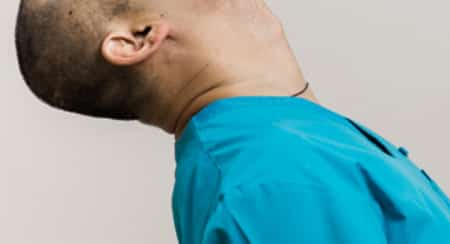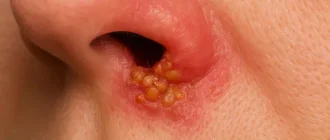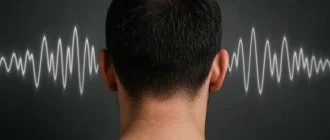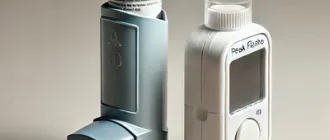Case 1:
A 65-year-old woman presents with the following symptoms:
- Gradual worsening of vision over the past year
- Difficulty reading and recognizing faces, especially in dim light
- Increased sensitivity to bright lights and glare
- Colors appear faded and less vibrant than before
Additional notes: She has noticed that she needs brighter light to read and often struggles with night driving due to glare from headlights.
Case 2:
A 72-year-old man presents with the following symptoms:
- Blurry vision that has progressively worsened over the past several months
- Frequent changes in eyeglass prescription, but vision still feels cloudy
- A feeling as if he’s looking through a fogged-up window
- Double vision in one eye, particularly when reading or looking at distant objects
Additional notes: He reports seeing halos around lights, especially at night, making it difficult to drive after dark.
Question: Based on the provided symptoms and patient histories, what is the most likely diagnosis?
About the Author
Reyus Mammadli is the author of this health blog since 2008. With a background in medical and biotechnical devices, he has over 15 years of experience working with medical literature and expert guidelines from WHO, CDC, Mayo Clinic, and others. His goal is to present clear, accurate health information for everyday readers — not as a substitute for medical advice.






